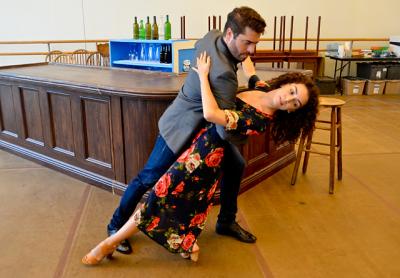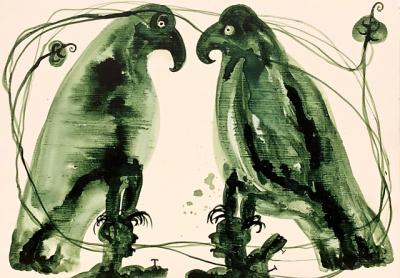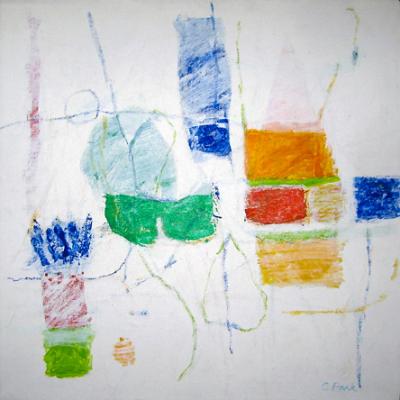Caroline Doctorow Presents Fiddles and Folk in Bridgehampton
Caroline Doctorow Presents Fiddles and Folk in Bridgehampton
The “dueling fiddles” alone might be worth the price of admission. As it is, they will be put to use accompanying Caroline Doctorow and her band, the Ballad Makers, as they perform tunes from “the American Songbook and other stories” on Saturday at 7:30 p.m. at the Bridgehampton Museum’s archives building on Montauk Highway. Mariann Megna, who sings and plays guitar, will join them. The cost is $20 at the door.
Ms. Doctorow lives in Bridgehampton. He latest album, “Dreaming in Vinyl,” made it to number two on the national folk radio chart.





